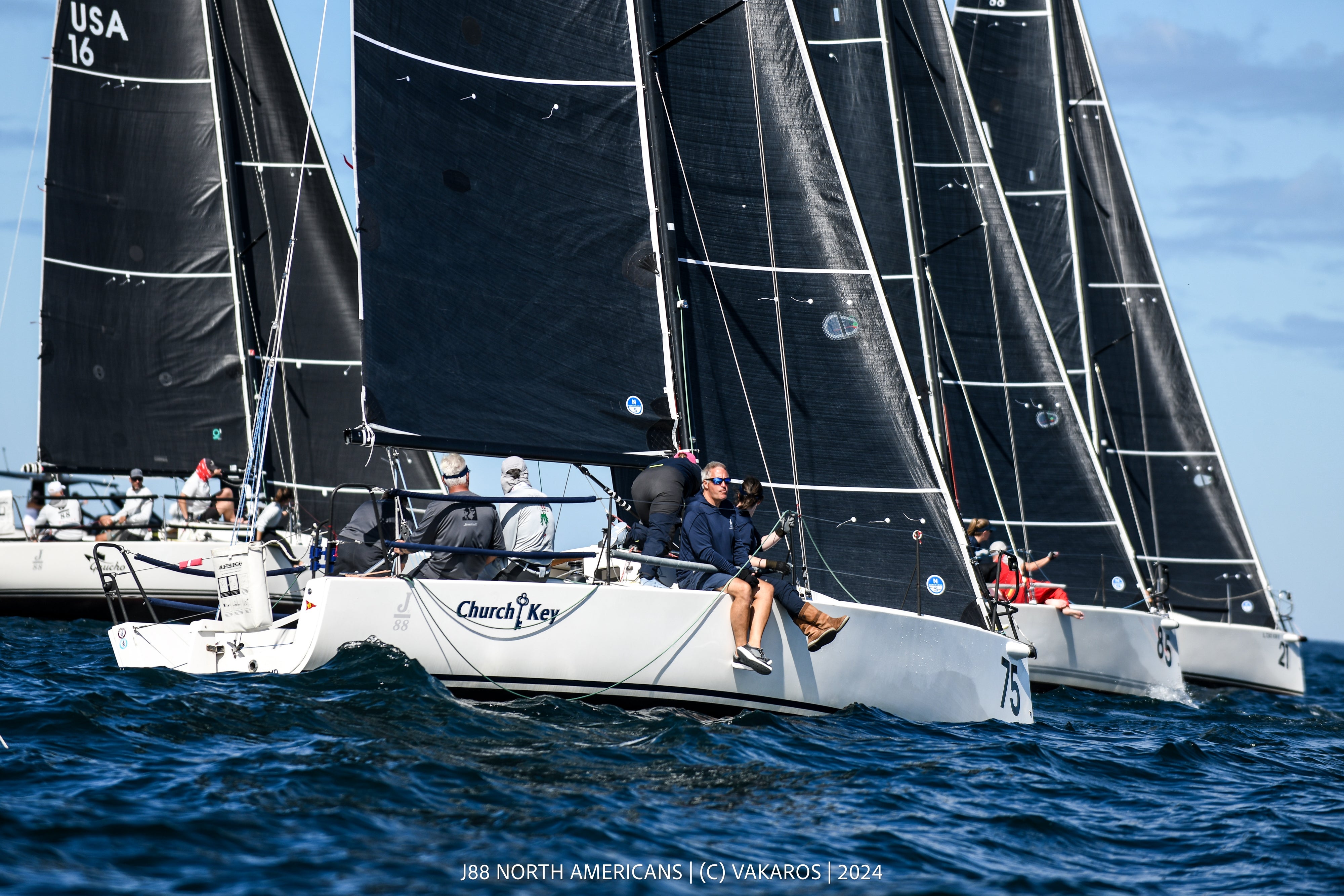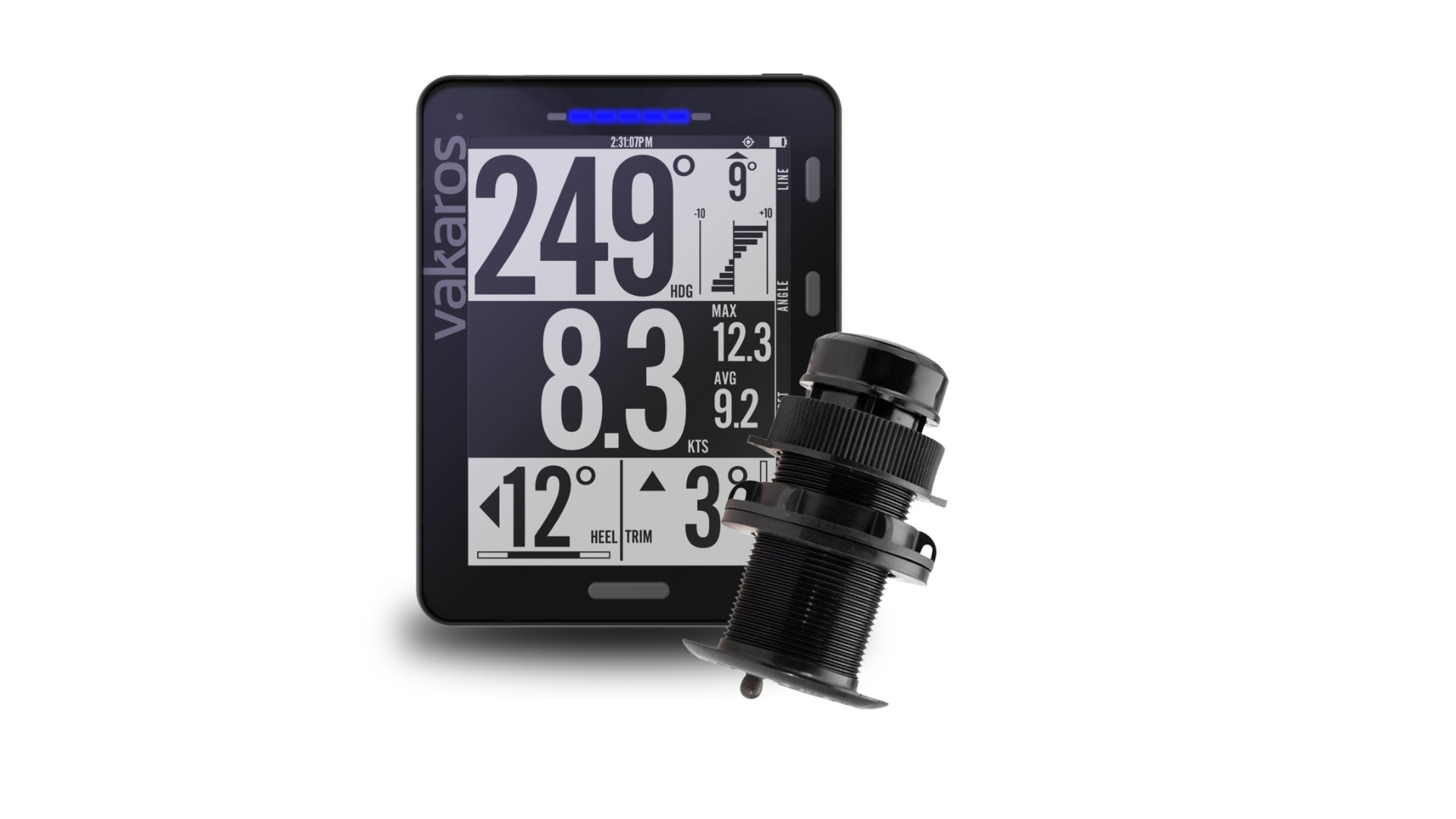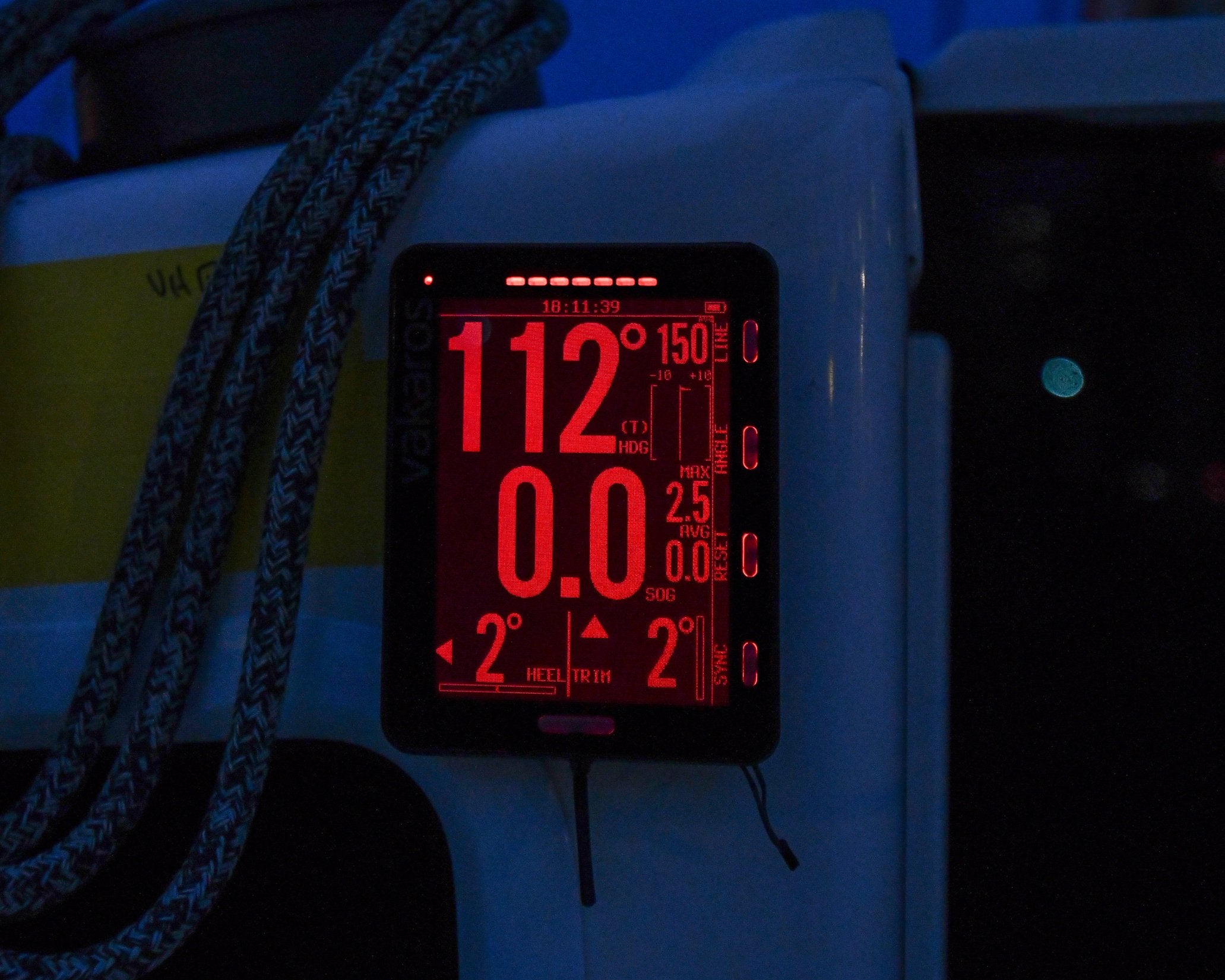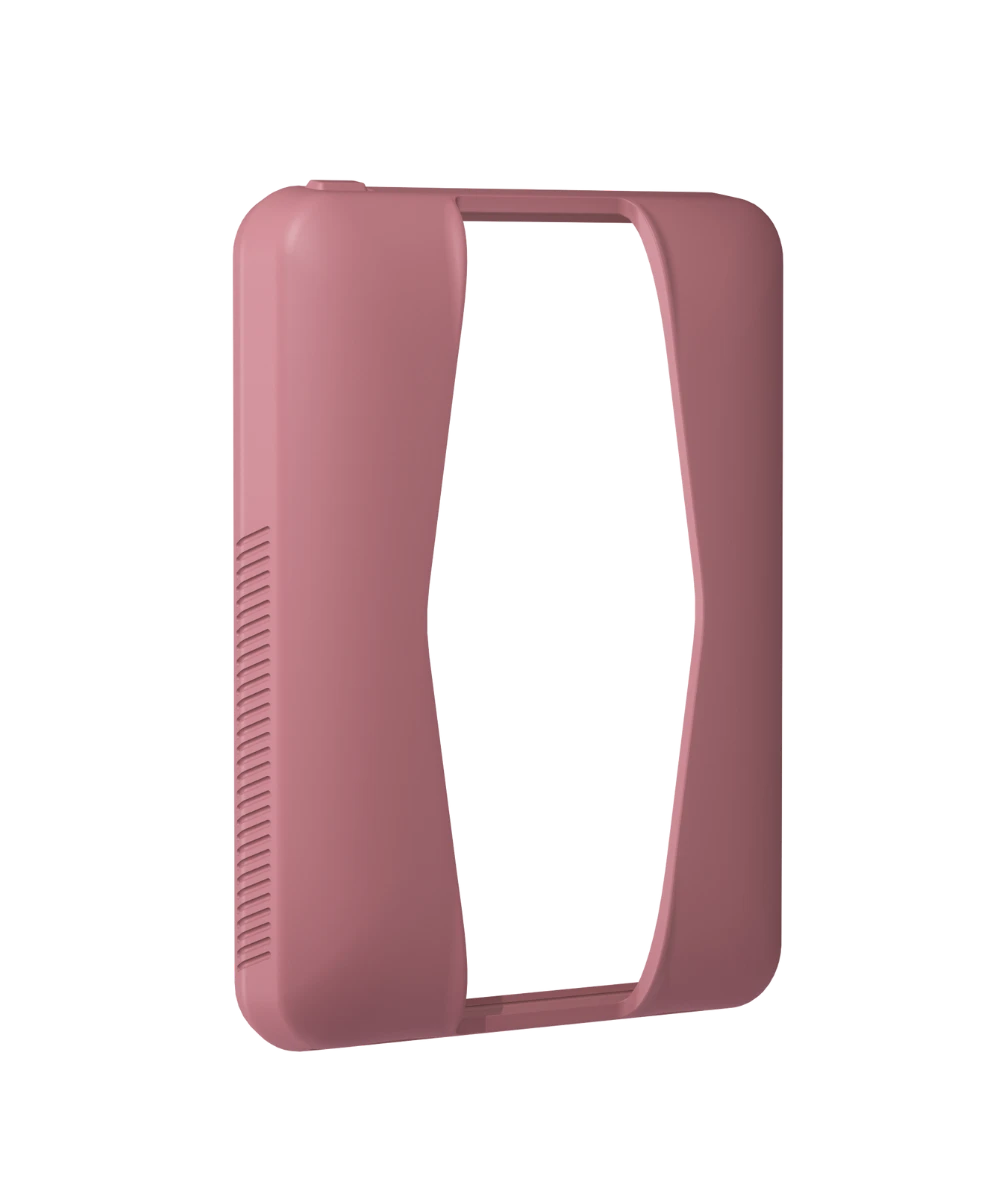Your Pings Probably Suck: Here's How to do Better
Anyone who’s spent much time on a Race Committee boat knows that sailors are often wrong about their pings, and not by just a little. Even the many of the best teams in the world miss by meters at a time, through little fault of their own. We’ve spent more time than just about anyone thinking about how to get the best, most consistent pings possible; here are our top five tips:
1. Use a Bow Offset

Most modern instruments allow teams to input a bow offset. Many of you may be asking what that is. The bow offset is as simple as it seems: it’s the distance, on centerline, from your instrument to the bow of your boat (or wherever OCS is determined from in your class). This allows the orientation of your boat, and therefore the position of your bow, to be accounted for in your distance-to-line readout.

 For the Atlas 2, you can input your bow offset in the Vakaros Connect App. When you’re using a bow offset, ping when the device is on the starting line, not the bow!
For the Atlas 2, you can input your bow offset in the Vakaros Connect App. When you’re using a bow offset, ping when the device is on the starting line, not the bow!

2. Ping in a new place!
We’re all used to pinging on close hauled on the course side of the ends of the line: that’s what you see most often from club J/70 races to the 52 Super Series. But, there’s a better way. When you ping, the Atlas 2 creates an line between the boat and pin that extends around the Earth. So, you can actually ping on either side of start marks. And, there’s good reason to ping outside.

When possible, we recommend getting your pings from outside of the start line. Now that you have a bow offset, you’ll want to ping when the device is on the line. So, whoever is sighting the line should stand near the instrument and sight, calling for the ping when the instrument and both ends of the start line all line up. This will take as much of the guesswork and human error out of pinging as possible.

3. Take it SLOW
GPS refresh rates are getting better and better, and while for most boats, speed won’t be a huge factor when pinging, every team can benefit from slow, controlled approaches. By approaching at the slowest pace possible, you allow whoever is sighting the line time to make an accurate judgment and reduce the risk their brain is tricked while at pace. And, for any devices with lower GPS refresh rate, even going 6+ knots while pinging can lead to 60+cm of error.
4. Trust nothing, check everything
The racecourse is always changing, and even seemingly insignificant changes can push the ends of the start line around more than one might expect! First and foremost, never assume that the Race Committee has left the ends of the line where you think they’ve been: they may have moved them without you seeing, or switched during a race. Make sure you re-ping every race.
Even if you’re certain the RC hasn’t moved the anchors of any marks or boats, remember that wind and current shifts can move them tens-of-meters. In a venue with over 30m of water depth, a 20° wind shift can result in over a 10m difference in the location of the boat or pin. Even though the marks are in the ‘same spot’, they’ve swung to a new location. The exception to this is the MarkSetBot: since they aren’t hanging on an anchor line, you can be more confident in their location.
5. Don’t crowd the GPS!
It’s always best to give your GPS some space. Water is one of GPS’s greatest enemies, and people are huge masses of water just waiting to block signals. So, when you’re pinging, try not to crowd or stand over your instrument. Best practice is to reach from an arms length to press the boat and pin buttons so that your body, and those of others, have minimal impact on the device’s GPS reception. Here’s a great example of what that looks like:

At the end of the day, starting is so much more than just relying on pings, but we hope these tips help you have more confidence in your prestart numbers and get closer to the line! Feel free to reach out to our Vakaros experts with any questions: we’re always happy to chat.












